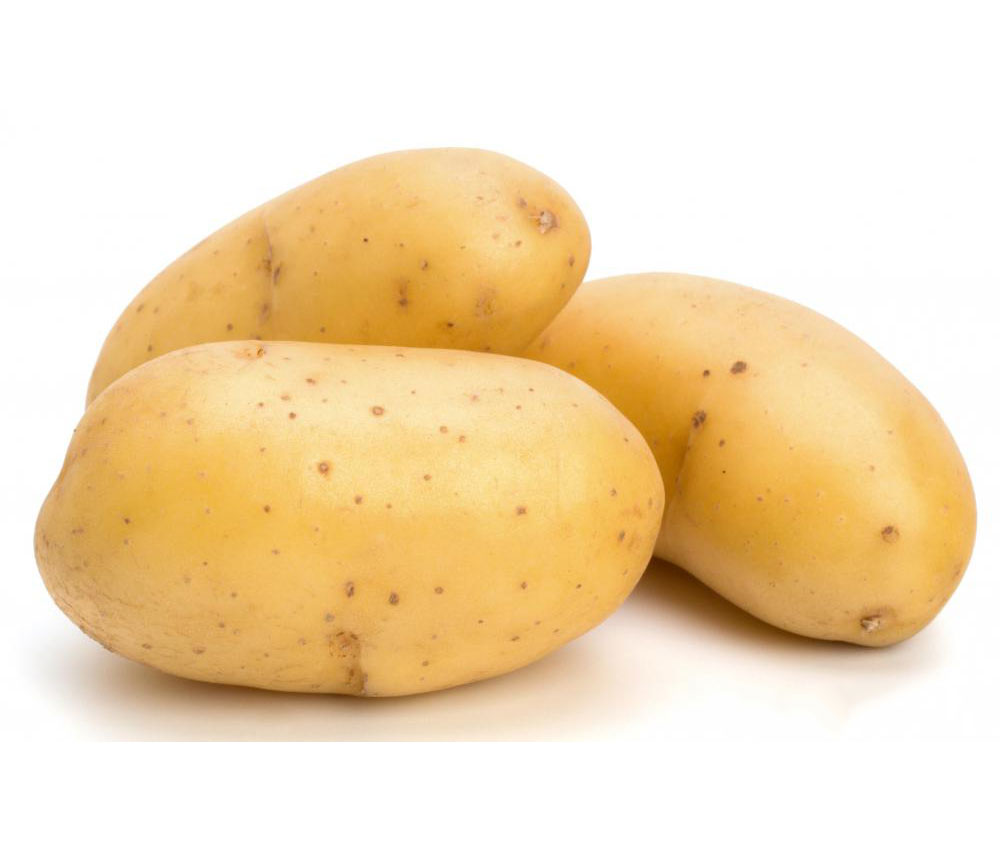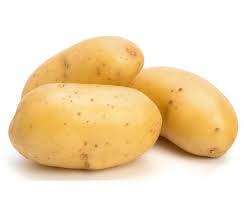What are Irish potatoes? Irish potatoes, which are known for inexpensive source of carbohydrates, are one of the most popular vegetables in America. However, potatoes are said to provide a good amount of vitamins and minerals, when prepared properly.
The part of the plant that can be eaten is an underground stem called a tuber, Nutritionist states that Irish potatoes contain 2% protein and 18% starch.
Irish potatoes are said to be intolerant of frosty conditions, therefore they are known to be cool-season crops, they grow best in early spring and late fall when the days are warm and the nights are cool.
However, there are different varieties of Irish potatoes, which we will be looking into briefly.
Varieties of Irish Potatoes (Irish potatoes recipe)
Irish potatoes have different types of varieties, and they can be very beneficial when it comes to their health benefits.
Red or white Irish potatoes are the most common varieties. Most red varieties store longer than do white varieties; on the other hand, most white varieties have better cooking qualities than red varieties.
(1) Red flesh
(2) White flesh
(3) Yellow flesh
(4) Russet
Read Also: 33 Amazing Health Benefits of Sweet Potatoes
How to Grow Irish Potatoes (how to make Irish potatoes)

Below are the guides on how to plant and care for your Irish potatoes for maximum yield and productivity;
Site selection
The first step in this journey, of growing Irish potatoes, is getting a plot of land, and not just any land, there are specifications to this.
Irish potatoes need full sun to grow and yield well for production, heavy soils can cause the tubers to be small and rough.
They do best in loose, well-drained, slightly acid soil. Poorly drained soils often cause poor stands and low yields.
You need to consider all this when getting land for your Irish potato farm.
Soil preparation
After getting land that meets the standards of growing Irish potatoes, you’ll have to prepare the soil for planting.
(1) Ensure you remove sticks( both small and large ones), and rocks from the soil.
(2) Spade the soil 7 to 11 inches deep turning the earth over to cover all plant material.
(3) The next step is bedding, bedding is vital for drainage, work the soil into beds 10 to 12 inches high and 36 inches apart.
Irish potatoes need adequate fertilizer, therefore during the land preparation or after, apply most of the fertilizer.
It is recommended you use 3-4 pounds of a complete fertilizer such as (NPK-10-20-10) for every 30 feet of row in bands 2 inches to each side and 1 inch below the seed piece.
Don’t allow the fertilizer to touch the seed piece, make sure you flatten the bed at 6 to 9 inches high and 10 to 12 inches wide, before applying the fertilizer (2 cups for each feet row) and also open a trench about 4 inches deep on each side of the bed.
Read Also: Sweet potato Production and Management
Seed preparation
One interesting fact about Irish potatoes, is they are not grown from seed. Instead, pieces from the potatoes themselves start a new plant.
Buy good seeds that are free of disease. Do not buy potatoes from a grocery store for planting.
If the seed is too small, it will produce a weak plant. One pound of seed potatoes will make 9 to 10 seed pieces.
Ensure that you cut the seeds 4-7 days before planting, and store the cut seeds in a well-ventilated spot so they can heal over to prevent rotting when planted in cold, wet, or very hot weather.
For full-grown potatoes, plant small, uncut potatoes because they are more resistant to rotting in hot weather than cut potatoes. Select mature potatoes about 1½ inches in diameter.
For best storage, keep the potatoes in a cool, humid spot such as the bottom of a refrigerator.
Don’t keep your seeds for more than a year. This can cause a buildup of virus diseases and reduce yield.
Planting Practices
Potatoes should be planted in February or early March. If planted too early, the tops can be frozen off by spring frost.
Allo the soil temperature 4 inches deep to reach 50 degrees F, before making any move in planting.
Don’t cover the planted seed more than 3 inches deep, because the plants will be slow to break through the soil and will be more subject to disease and seed decay.
Read Also: Comprehensive Guide to Dry Beans Production
Fertilizer Requirements
Apply 1 cup of fertilizer for every 30 feet of the row beside the plants when they are about 4 inches tall.
Begin to apply moisture and fertilizer when the tubers are forming. This usually occurs when the plants are 6 to 8 inches tall.
Water Requirements
Watering is very crucial in the growth of any vegetable, and Irish potatoes are of no difference, as keeping the soil moisture supply constant, will help the plant to grow well and yield more.
Care During the Season
Plant management is another critical task that must be given the highest priority during the growth process, below are tips to guide you in each management phase.
Insects and Disease Phase
As a gardener you can employ the use of pesticides and insecticides, there are many of these out there for use, such as, “Sevin” which is a synthetic insecticide, and organic options like “Sulphur” it has a fungicidal property that helps in controlling diseases in the plant, treating seeds with a fungicide can be helpful.
You can do a daily routine check on the potatoes for diseases and treat them with fungicide if available.
Employ a good rotation program, in controlling the potato diseases, by not planting potatoes in the same place more than once each 3 years, don’t mix potatoes with eggplant, okra, pepper, or tomato.
Read Also: Used Cooking Oil Recycling Process: Complete Guide
Harvesting and Storing

Dig under the plants with a shovel or spading fork. Keep the pitchfork 8 to 10 inches away from the plant to prevent cutting the potatoes. Raise the plants and shake away the soil.
When the top of the potato begins to die and the potato skin becomes firm. The skin is set when it does not scrape easily when rubbed with the thumb. The skin set can be speeded by cutting back the tops of the plants.
The potatoes should weigh 6 to 12 ounces at harvest.
Potatoes should be dug when the soil is moist. If it is too wet, the soil will stick to the potatoes. If too dry, dirt clods will bruise the potatoes.
Pull the potatoes from the vines and handle them carefully to prevent damage; damaged potatoes do not store well.
Dry the potatoes, then store them in a well-ventilated spot with plenty of air movement.
Read Also: Mexican Spices – Complete Guide to Spike Up your Meals
Frequently Asked Questions
We will update this section soon.

